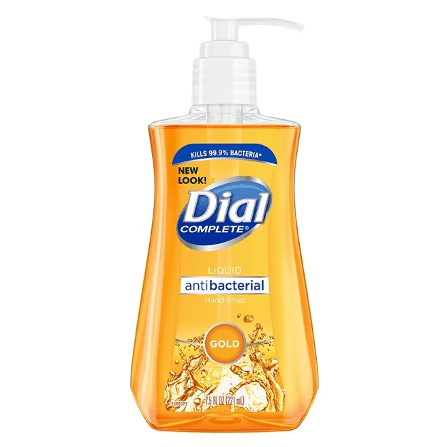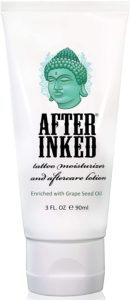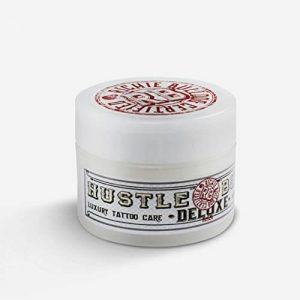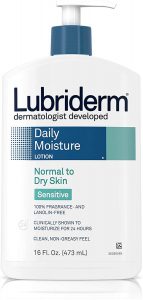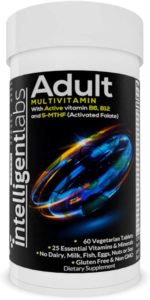You probably already know the tattoo healing process isn’t going to fall under ‘fun times.’ After sitting through several minutes of pain at the hands of your tattooist, you will now be at the mercy of your healing tattoo.
You’ll go through a few weeks of discomfort. And if you didn’t think the entire thing through, you’ll probably feel some regret. That said, you’ll feel much better once your tattoo’s fully healed. So, read on to know all about the complex world of the tattoo healing process!
Page Contents
The 4 Stages of the Tattoo Healing Process
To make the healing process easier to understand, we will need to divide it into four distinct stages. During each stage, your tattoo will change appearance. The symptoms you’ll experience will also improve as the healing progresses.
Here’s a quick summary of the 4 stages:
- Stage 1: Your tattoo will be extremely tender and will be oozing fluids and ink
- Stage 2: Your tattoo will be scabbing and itching
- Stage 3: Your tattoo will be flaking and peeling (and yes, still very much itchy)
- Stage 4: Your tattoo is now healed on the surface
We will be providing rough timelines or estimates for each stage, but these are in no way fixed or set. Tattoo healing times will vary due to a lot of factors, such as:
- The size of your tattoo
- Location of your tattoo
- The tattooist’s technique
- Your body’s immune system
- Your overall health condition
Also, if you think your tattoo doesn’t quite feel right, you may be having an allergic reaction to the ink. Or worse, you may be experiencing a tattoo infection.
Alright, let’s begin with the first stage:
Stage 1: Tender and oozing tattoo
Timeline:
Begins a few minutes after tattoo needles puncture your skin up until scabs start to form.
What happens during this stage? And what to expect from a new tattoo?
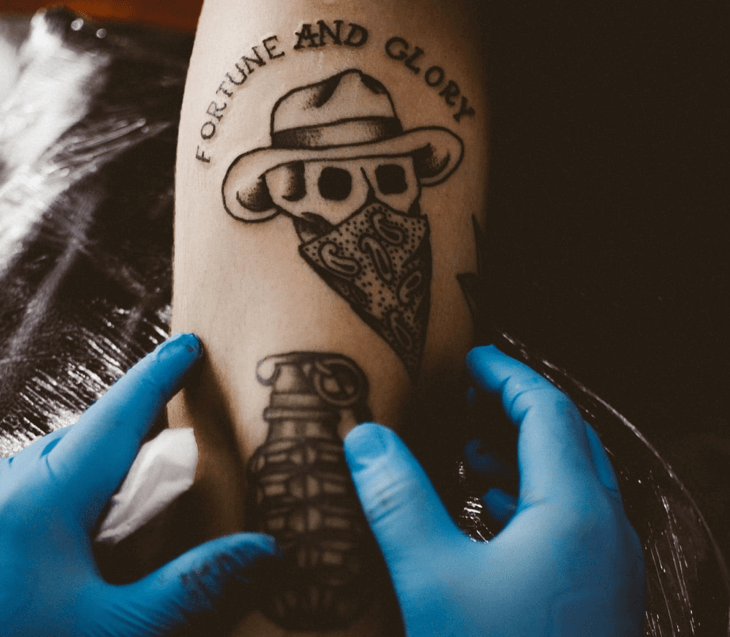
This just-finished tattoo is now in the first stage of the healing process. (Image source: Allef Vinicius)
More often than not, the healing process begins whilst you’re still getting tattooed. This is especially true for tattoos that take anywhere from several minutes to a few hours to finish.
So, what happens during the tattooing process is that your skin is punctured thousands of times by tiny needles. If you feel lightheaded at the mere sight of blood, turn your head away. Or better yet, re-think your desire to get inked as you’ll likely see lots of blood during the tattooing process!
Now, while your tattooist is doing his job, your immune system (specifically the white blood cells) is trying its hardest to fight off the perceived “threat.”
These white blood cells, also known as macrophages, then absorb the ink deposited in the skin. It tries to do away with the ink, but the ink particles are too big for it to fully dissolve. This is why tattoos can last for years and years – all thanks to macrophages that thinks it’s doing a swell job protecting you from foreign invaders, a.k.a. the ink.
So, all these happen at the inner layer of skin – the dermis.
Meanwhile, in the epidermis…
Once the needles break the skin and it starts bleeding, your immune system will kick into action. In medical terminology, this is called the haemostasis stage.
Basically, your blood cells will clump together in the punctured area to try and protect the wound. It starts forming a blood clot to prevent further blood loss.
Depending on the size of the tattoo, this clotting stage can last anywhere from half a day to a few days. During this time, your wound will be oozing blood (technically red blood cells) and plasma (the liquid component of blood that’s light yellow in colour).
Eventually, the clotting will effectively stop the bleeding. After some time, the clot will dry up and harden, and will be known in the next stage as a scab.
Tips for managing stage 1 of the healing process:
Obviously, this stage is the most sensitive – and need I say, painful – part of the healing process. Your skin has got hundreds or thousands of tiny holes drilled into it – all perfect entry points for germs, bacteria, and other harmful pathogens.
If you’ve had a relatively tiny tattoo done, then you may not experience some downtime. But if you suffered through a few hours of needle poking, then you may feel feverish and sick. It’s totally normal and the pain should subside gradually over the next several hours. Also, tattoo redness after 24 hours is still completely normal.
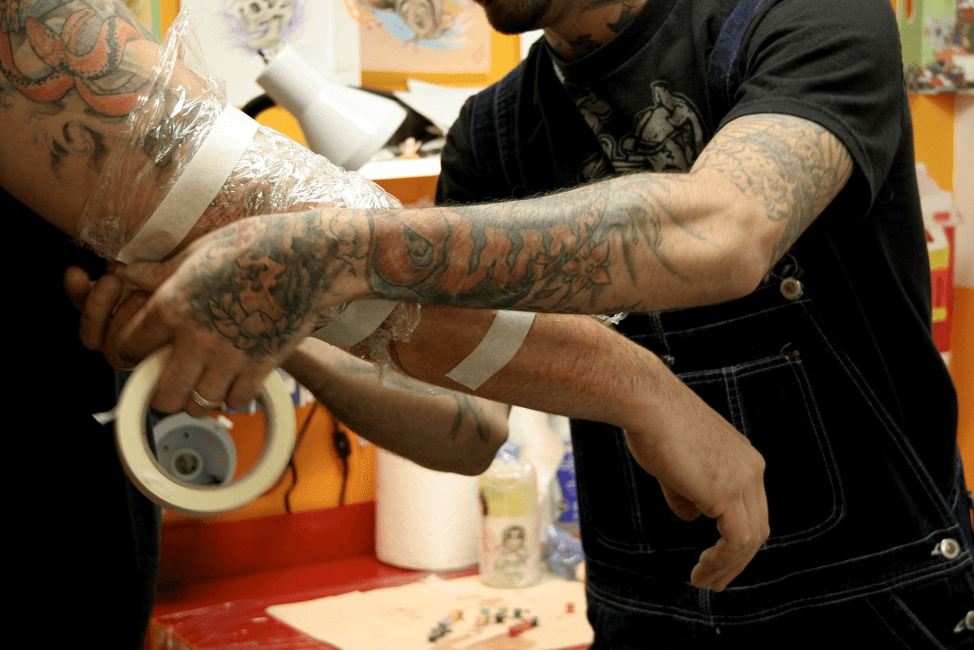
The tattoo healing process begins right this very moment (Photo by Angie Torres)
So, right after your tattoo is done, your tattooist will sterilise the tattoo with antibacterial cleaning agent, like green soap. And then he’ll wrap his handiwork in a fresh, clean sheet of cling film. This is to protect your tattoo from the elements as you head on home from the tattoo parlour.
Step 1: Remove the cling wrap from the tattooist’s
After a couple of hours, you should remove the cling film to let the wound breathe. The film will look extremely dirty thanks to the blood, plasma, and ink that would have congealed at the surface.
Step 2: Wash your hands
But don’t touch the tattoo with your bare hands just yet! Make sure you wash your hands first before you even attempt to clean the tattoo.
Step 3: Wash your tattoo
Once you’ve ensured your hands are no longer filthy, wash your fresh tattoo with warm water and antibacterial soap. Don’t use soap that has ‘fragrance’ listed as ingredient because this can irritate your skin. A gentle, non-fragranced, antibacterial soap like Dial Gold Hand Soap is a good option.
Related article: Our Top 10 Best Tattoo Soaps To Wash Your New Ink With
Step 4: Dry your skin
Your skin’s still very much tender at this point. So, please don’t rub it dry. Instead, pat it dry or let it air dry. If you choose to pat it dry, use kitchen roll to do so. Avoid towels as loose threads can stick in your still-oozing wound.
Step 5: Apply healing ointment
You can use something like Aquaphor, A+D, or even Hustle Butter (if you’re not a fan of petroleum-based products). These ointments will protect your skin from the elements while promoting healing underneath.
Step 6: Repeat steps 2-5 a few times daily
You want to avoid step 1 (re-wrapping the tattoo in cling wrap) because you want to let oxygen in and do its magic in the healing process. Repeat steps 2-5 maybe twice or thrice daily until you see scabs forming.
More tips for protecting your fresh tattoo:
The first few days are the most crucial part of the healing process. In addition to keeping it clean and well-aired (steps 1-6 above), here are some more tips to protect your tatt and prevent infection:
1. Don’t soak your new ink in water
Swimming and bathing are not options, at least not while your tatt is still weeping. A quick shower is all you can take at the moment, and even then, make sure it doesn’t get soaked. Don’t forget to not use a towel to dry out your tattoo. Instead, pat it dry using a few sheets of kitchen roll, or air dry it.
2. Don’t cover it with anything that can infect it
When you go to sleep or go out to work or wherever, make sure you protect your new tattoo. You can use a bandage or cling film to do so. But as soon as you get home, let your tatt breathe!
3. Use sun-protective clothing if you do go out in the sun
Shield your ink at all costs from the sun! You shouldn’t be applying SPF lotion at this stage with the puncture wounds still open, so sun-protective clothing is your best bet the first couple of days.
Stage 2: Scabbing and itching tattoo
Timeline:
From when scabs start to form until it starts falling off.
What happens during this stage?
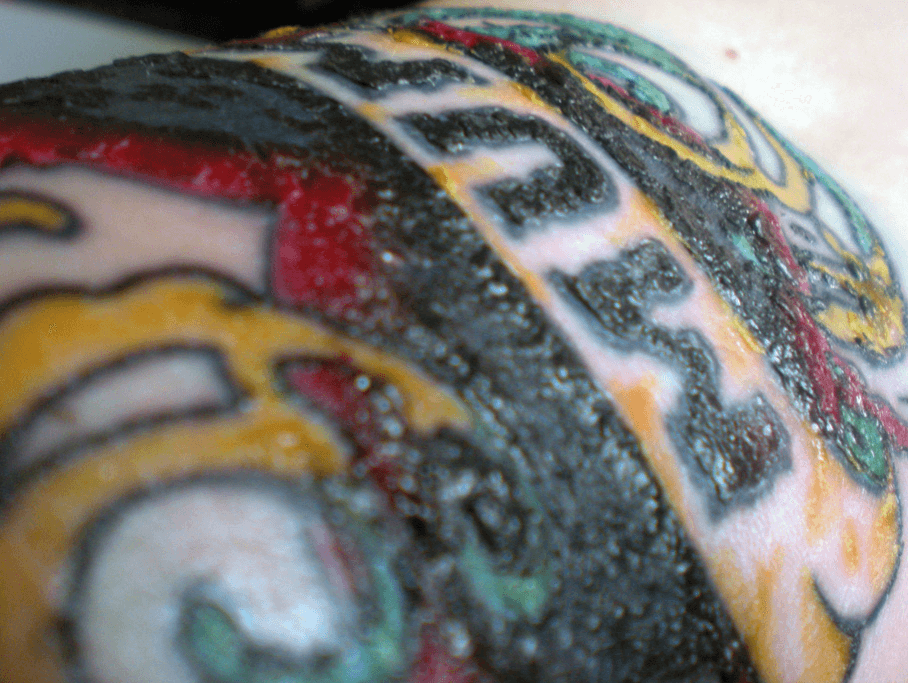
Scabs on a new tattoo (Photo by Kim Laurenson)
As your wound continues to heal, you’ll feel it starting to itch. This feeling starts off as a slight itch that you can probably ignore. But as the days go by, the itch will become unbearable! And you may end up feeling like you need to be in a straitjacket just to avoid scratching your tattoo (it’s that intense)!
So, what’s happening here? Why is your tatt crazy itchy?
Well, let’s see here.
The skin is the largest organ in the human body. It contains blood vessels, oil glands, sweat glands, and nerve endings. When your skin is irritated, as is the case with a healing tattoo, it sends signals to the brain. In normal wound healing, this signal often comes in the form of itching.
Your tattoo is basically healing at two different layers – the dermis and the epidermis. Well, three if your tattooist applied too much pressure and stuck the needles in the hypodermis layer of skin.
So, at the epidermis, your skin is continuously collecting all the clear plasma that’s oozing from your tattoo. This is why it’s important to keep on cleaning the area, so the plasma doesn’t get too thick. If you fail to clean regularly, then chances are all that plasma is going to turn into thick scabs!
Scabs are normally fine, but when it comes to tattoos you want it to be as thin as possible. Otherwise, it can delay the healing process and even take out some ink in the process, thereby causing ‘patches’ or blank spots in your tatt!
There are a couple of theories why scabs itch:
- One of those is that the hard scab pulls at the new, healing skin underneath which irritates it.
- Another theory is that the scabs are too dry which can irritate the skin, and thus cause unbearable itching in the process.
Meanwhile, below the skin’s surface….
As a response to the ink, your immune system is also making histamines, a chemical whose main role is to get rid of ‘foreign objects’ or ‘allergens.’
Histamines cause the all-too-common itching in a healing tattoo (this is why antihistamines are effective at stopping the itch).
Of course, by now, the ink is well embedded in your dermis thanks to the macrophages, so you’re left scratching at something your fingernails can’t get to.
How to manage the scabs and relieve the itch:
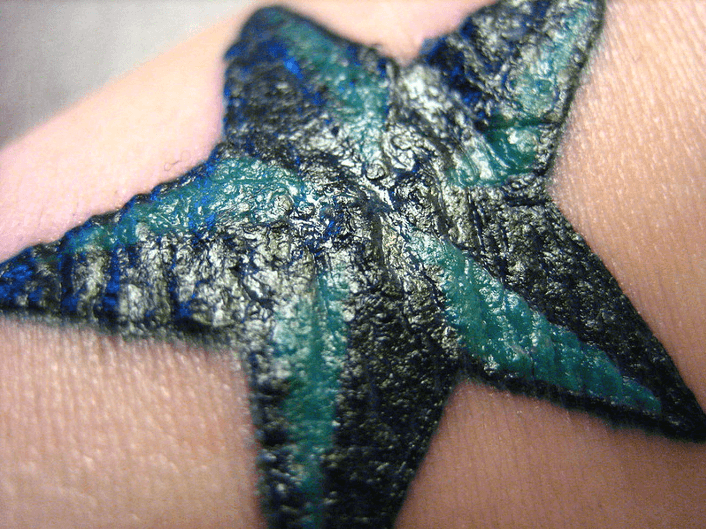
Take great care not to let your scabs get this thick! (Photo by Amanda from Flickr)
This stage of the healing process will test your determination and your discipline. Just how badly do you want this tattoo to stay in its full form?
If you say you want it bad enough, then you need to do two things:
- Protect the scabs at all cost. Under no circumstances should it be pulled off prematurely. It will fall off on its own when it’s ripe and ready.
- Resist the temptation to scratch the itchy scab. I know this is easier said than done, which is why I said this stage will test your determination and discipline.
Alright, for the specifics of helping your tattoo survive this stage:
For scabs
- Avoid wearing tight clothing, or basically anything that can cause the scabs to get pulled off prematurely. Just like the woman in the picture below. She’s wearing a sleeveless shirt, so her tattoos are in clear view:

Image source: Johan De Jager
- Apply a thin layer of moisturising lotion to hydrate and moisturise your skin. Spread it out evenly and include surrounding areas as well. Don’t slather on too thick a layer as it can cause your scabs to get moist and soggy, and cause damage to your tattoo when it falls off. See example of thick application below:
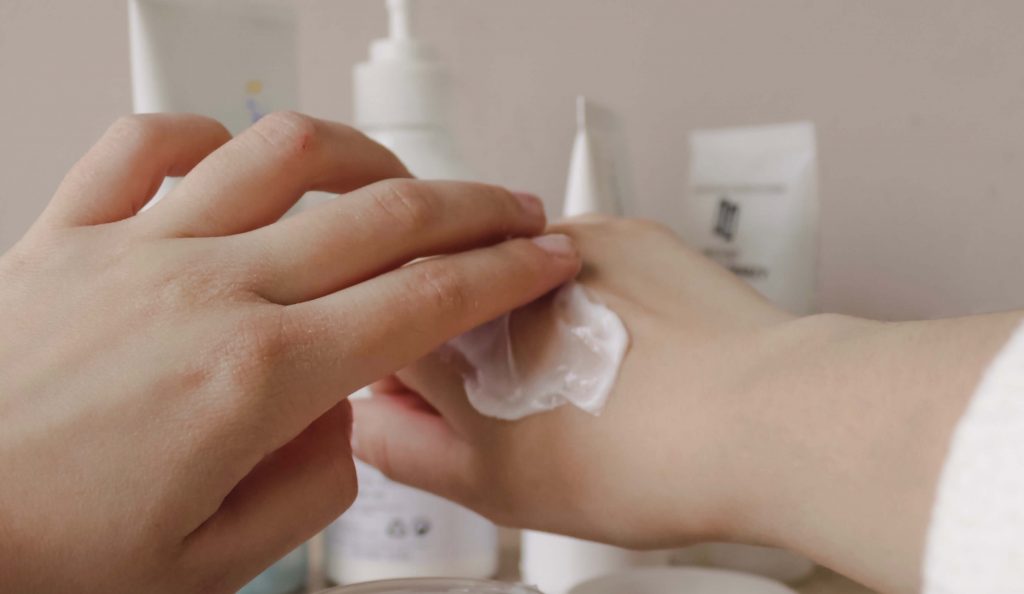
Image source: Anastasiia Ostapovych
For the itching
- Apply a cold compress. At this point, the cold compress should only be applied on top of fabric or clothing. This is to protect the scab and prevent it from getting too moist.
- Tap or pat the scab gently, just enough to divert your attention from the itching.
- Occupy yourself with something very interesting. Watch some riveting movie on Netflix, or go play a round of your favourite card game with your friends. Anything (that won’t damage your tattoo) to keep your mind off the itching.
- Use antihistamine to counteract the histamines your body’s producing. For unhealed wounds, take oral antihistamine as a topical application can do more harm than good.
- Mind over matter. Tell yourself you can rise above the itch. For this to actually work, you need to believe in what you’re saying.
Our favourite aftercare products that can help minimise scabs and relieve itching
You can use these products in stage 2 and beyond. In fact, these products are ideal for long-term use because of how effective they are at moisturising the skin!
After Inked Tattoo Aftercare Lotion
This lotion, by far, is the best in terms of moisturising power and overall value. It’s made with grapeseed oil, shea butter, jojoba seed oil, and infused with vegetable glycerine to protect your tattoo.
A small application will last you an entire day, so you really only need to apply this lotion once a day. Of course, if the weather’s too cold and your skin dries up real fast, then multiple applications may be needed.
It’s also priced very fairly, which is quite surprising seeing how most vegan and organic products are so much more expensive than their mass-produced counterparts!
Hustle Butter Deluxe
Many tattooists swear by Hustle Butter. Some of them use it before and during the tattooing process, in addition to using it for aftercare, too. It’s made from shea, mango and aloe butters as well as coconut oil, so it does have a lot of moisturising ingredients in. Only downside is this product is quite expensive, so a small jar isn’t going to last you very long, especially if you’ve got multiple large tattoos.
Lubriderm Daily Moisture Lotion
Lubriderm is a common enough lotion that you probably already have a bottle at home. This is fragrance and lanolin-free, so it’s great for healing tattoos. Plus, it also lasts up to 24 hours, so a once-daily application is all that’s needed! A large bottle like the one shown in the photo can last you a long time!
Stage 3: Flaking, peeling, and yes, still itchy
Timeline:
Once the scabs have fully matured, it’s going to fall off. This normally happens in the second or third week (again, depends on your body’s healing rate).
What happens during this stage?
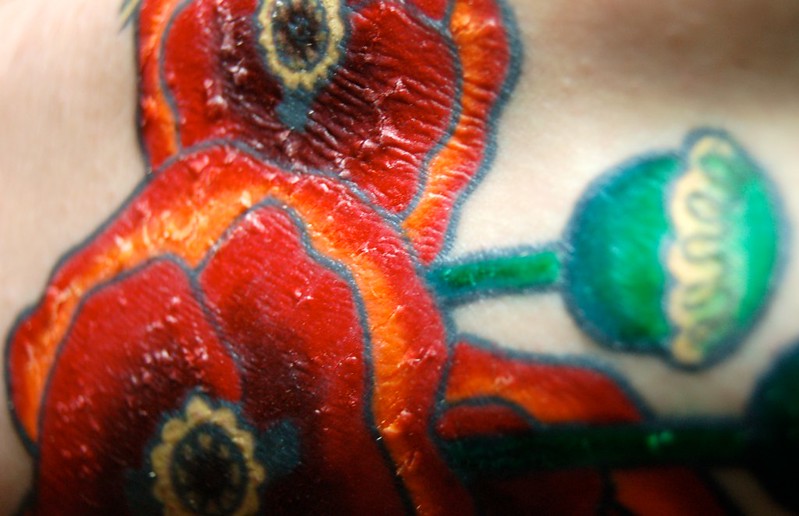
Photo of a peeling tattoo (Image by Kat Selvocki)
Nothing too exciting’s going on in this stage – everything happening now is the product of what happened in the previous healing stages. That said, you can now see the light at the end of the proverbial tunnel.
You can now start saying goodbye to the scabs that made your new tatt look cloudy, wrinkled and ugly. But don’t get too excited and pick them off one by one – let the scabs fall off in their own time. You don’t want to risk pulling some ink off when you do so!
Also, if your tattoo is still peeling after 3 weeks, but you’re not experiencing infection-related symptoms, then it should be totally fine. You’re probably just a slow healer. For peace of mind, however, you may want to consult with your tattooist or your GP.
How to manage this stage so you can move forward to the next one?
Moisturising lotions are your best friend at this stage. Your almost-healed tattoo is still going to itch like crazy. But with a bit of itch-management, you should be able to pull ahead and successfully resist the urge!
Continue using your favourite lotion and apply it as often as necessary. Some lotions advertise 24-hour moisturising power, so if you’re using one like that, then a once-a-day application is fine.
Stage 4: Healed tattoo (on the surface)
Timeline:
Once the scabs have all fallen off. This stage occurs on the 3rd or 4th week.
What a healed tattoo looks like:
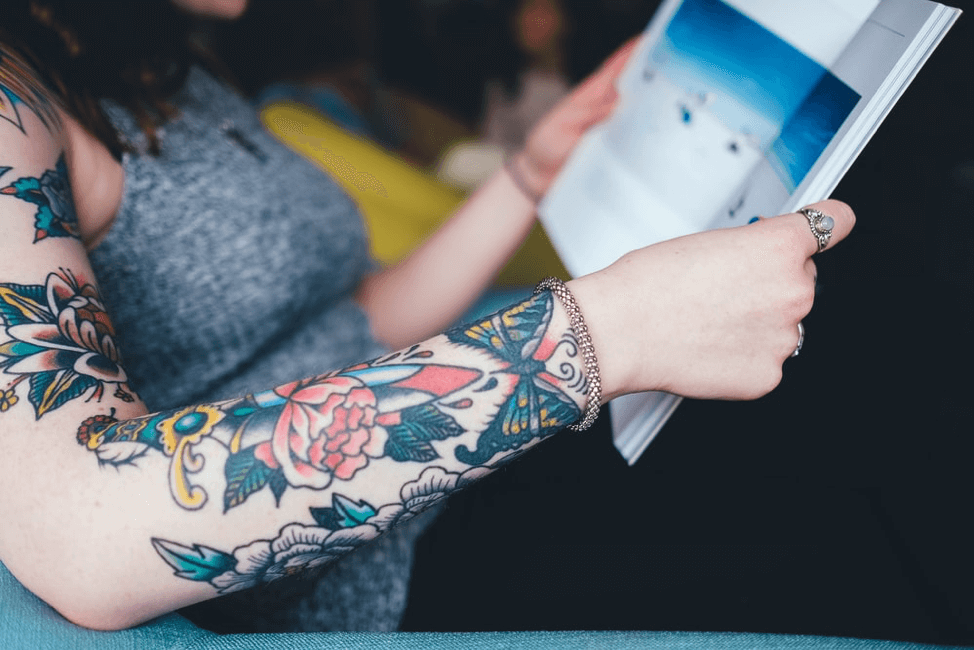
Image source: Annie Spratt
At this point, the skin surface looks like it’s back to normal. You’ll know it’s healed because the scabs will have all peeled and flaked off. The dry, wrinkled skin is now all gone, replaced by smooth, new skin. The intense itch you’ve suffered the past several days is now gone, too. And the ink in your dermis is now very much visible thanks to the new epidermis layer!
However, the layers underneath are most likely not done yet. Experts say the inner layers of skin don’t fully heal until 2-3 months later. So, while the outside now looks great, your body’s still working hard to repair the damaged nerves, blood vessels, etc. below the surface.
How to take care of a healed tattoo:
Maintaining a tattoo is easier said than done. Whilst the wound is still healing, you get constant reminders to take care of your tattoo thanks to the tenderness and itchiness you’ll feel in the first few weeks. But once it’s healed, it’s a bit harder to maintain it. If you want to see your tatt live on and look good forever, then maintain it you must!
Moisturise, moisturise, moisturise
We can’t stress enough just how important moisturising your tattoo is. Whether it’s been a month after getting the tatt or two decades later, you still need to apply lotion on a daily basis. If you’re not used to putting lotion now, then you best get used to it. Make a habit of applying lotion to your skin on a regular basis.
Protect your tattoo from the sun
Have you ever seen tattoos from people who stay out in the sun for long periods of time? Think sailors and those who work in outdoor environments. If they’ve been lax about protecting their tattoo, their tatts will look faded and old. Using high SPF lotion can offer some protection, but you need to apply it every single time you go out into the sun.
The reason why the sun does so much damage to tattoos is because sunlight can break down the ink pigment that are trapped in the dermis. This results to ink that no longer look as vibrant, and lines that look blurry and faded.
This is also why it’s not recommended to get tattoos in body parts that are frequently exposed to the sun – your face, your neck, your hands, etc. For best results and longer lasting tattoos, choose a spot that doesn’t get as much sunlight on.
Eat healthy and drink lots of water
Your tattoo can only look as good as the skin it’s on, right? So, if you smoke a lot and you don’t drink plenty of water everyday, then chances are your skin’s going to look much older than it should be.
One of the best ways to take care of your tattoo is to nourish it from the inside out. By eating healthy and hydrating properly, you’re extending the life of your tattoo as well!
Not sure if you’re getting enough nutrients from your diet? Consider taking a complete multivitamin like this one from Intelligent Labs.
Frequently Asked Questions about the Tattoo Healing Process
Is coconut oil safe to apply on a healing tattoo?
Virgin coconut oil is one of nature’s most effective moisturisers. It’s rich in medium chain fatty acids that will not only protect your tattoo from infection, but also nourish it from the inside out. I recommend you start applying the oil once scabs start forming, not before. Contrary to some people’s fears, coconut oil won’t fade a tattoo (as long as it’s applied once scabs form).
How long does a tattoo heal?
The length by which your tattoo heals depends on how healthy you are, the location where you got inked, your tattooist’s skill, and how well you follow tattoo aftercare instructions.
Here’s an infographic to show you how proper tattoo aftercare works:
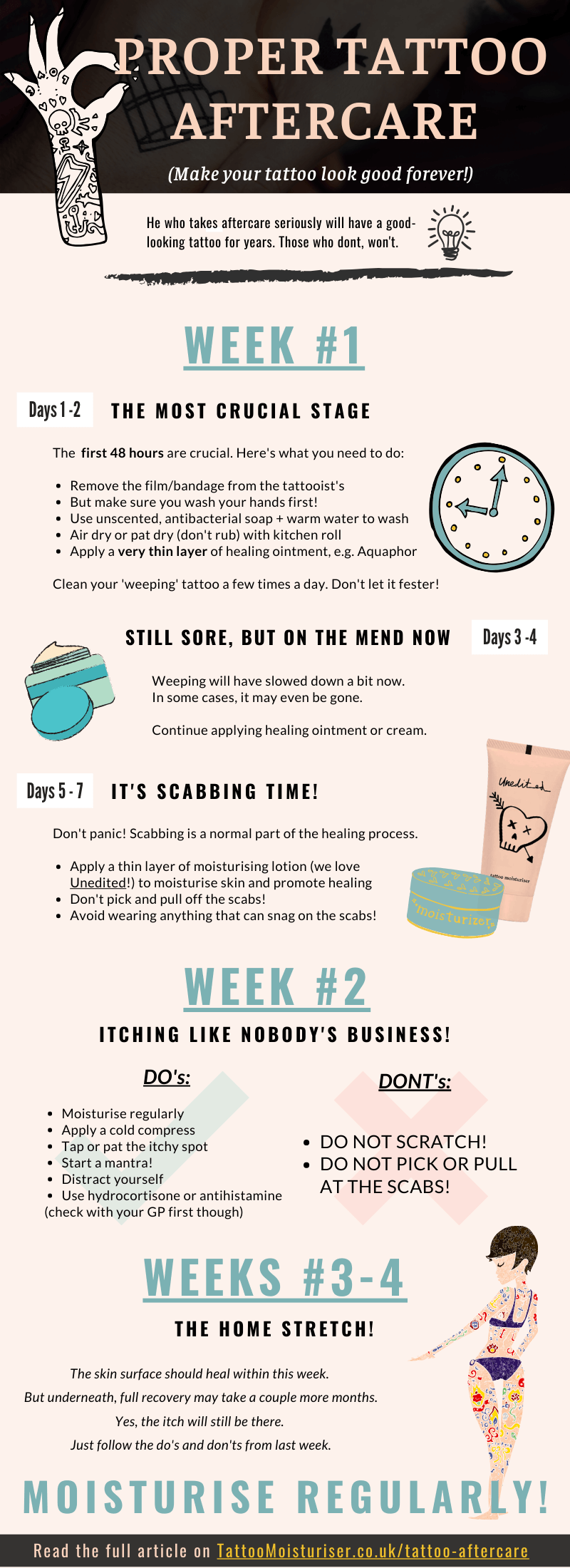
How long does it take for a tattoo to scab?
If it’s a smallish tattoo done by a skilled artist, and you meticulously clean and air out your wound, then you’ll see scabs starting to form in as little as 1-2 days. For others, it may take more than a couple of days for scabs to show up.
What to do when your new tattoo is peeling?
Don’t do anything, apart from continuing to moisturise your tattoo. Don’t pull, don’t tear, don’t pick. Protect the peeling skin from anything that will cause it to prematurely fall off.
Do tattoos fade after healing?
Tattoos look a bit faded after healing, doesn’t it? It’s not as vibrant and as shiny as when you had it done at the studio. But that’s all totally normal because as the top layer of skin sheds off (the epidermis), new skin replaces it. The old skin would have had traces of ink in it due to the very nature of tattooing, but once it’s replaced by new skin, all ink in the epidermis will disappear.
Why does my black tattoo ink look grey now?
There are plenty of reasons why your black ink may look grey. During the tattoo healing process, it could be because the silvery scabs are covering up the ink in the dermis. Or, once it’s fully healed, it could be because of too much exposure to the sun. Alternatively, low quality ink may have been used in the tattooing.
Why does my tattoo feel hot?
Quite frankly, a tattoo feeling hot within the first 24-48 hours is normal. Your skin just went through some rough time, and it’s your body’s normal reaction to raise temperature to potentially save you from an infection. However, if after 2 days, you still feel unwell and you experience symptoms such as swelling, pus, and foul odour, then your tattoo may be infected.
When will my tattoo stop hurting?
Pain should normally subside within a week, much faster if it’s just a small tattoo. Also, if you got tattooed on an area with lots of fat underneath the skin, then the pain should be more manageable. However, if you had it done on a bony part, then the pain may last longer.
Conclusion
The tattoo healing process is but a normal consequence of getting a tattoo. Observe proper aftercare and the entire healing will go along smoothly. Of course, when I say smoothly, take it with a grain of salt. During the scabbing and the flaking stages, you’ll experience immense itchiness that will test your patience. Just do your best to ignore your instinct to scratch, and you’ll soon see your tattoo fully healed up!

